Artistic Director’s Notebook: Carmina Burana + Agon
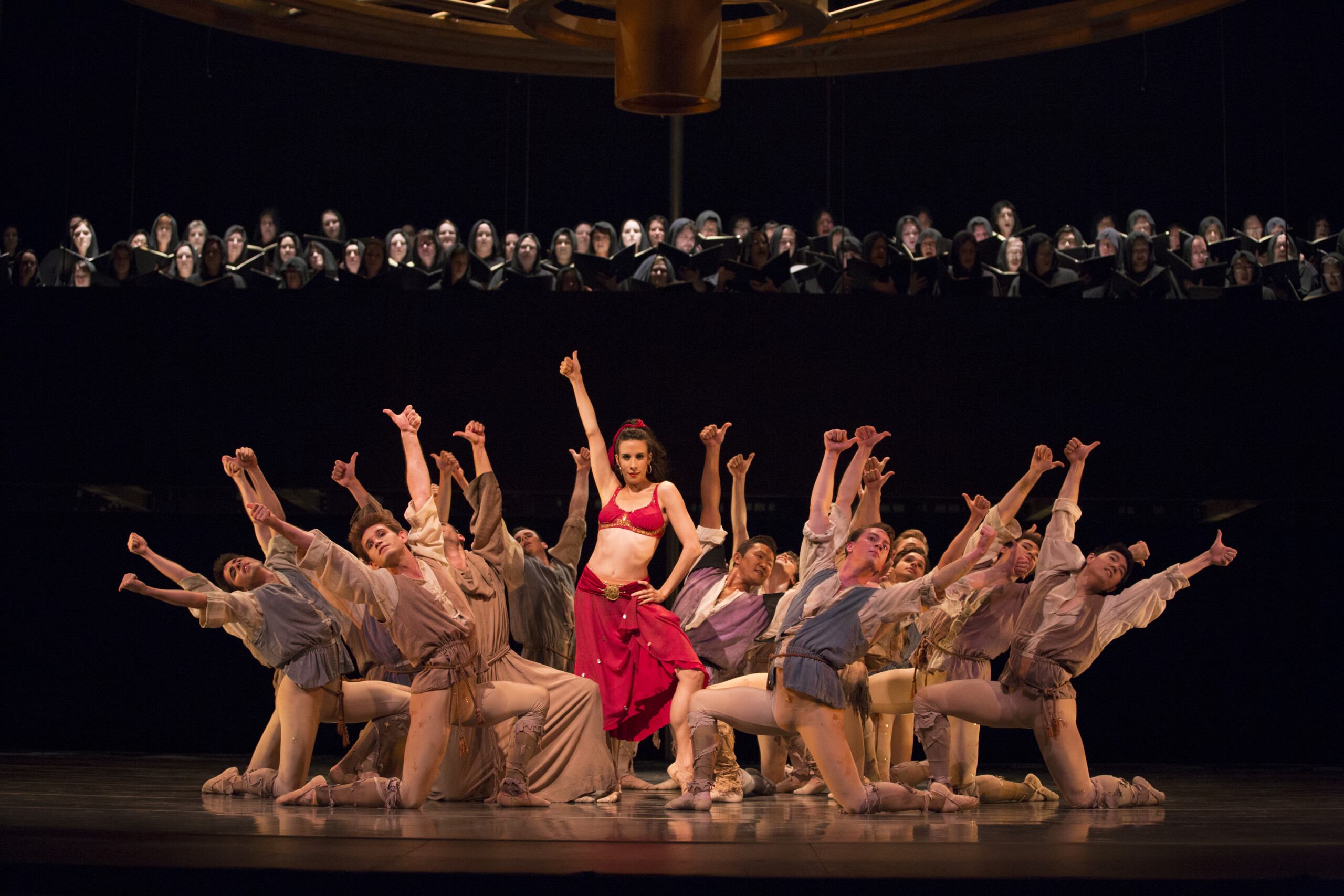
Lindsi Dec and PNB Company dancers in Carmina Burana © Angela Sterling.
You never forget the opening moment of Kent Stowell’s Carmina Burana. Even wildly enthusiastic applause can’t drown out the 70 voices of the Pacific Lutheran University Choral Union or the first crashing notes played with authority by the 64 members of the PNB Orchestra. An impossibly large golden wheel of Fortune suspends over the stage, while tenebrous rays of light cast shadow and mystery across poised dancers on the floor below. We get chills.
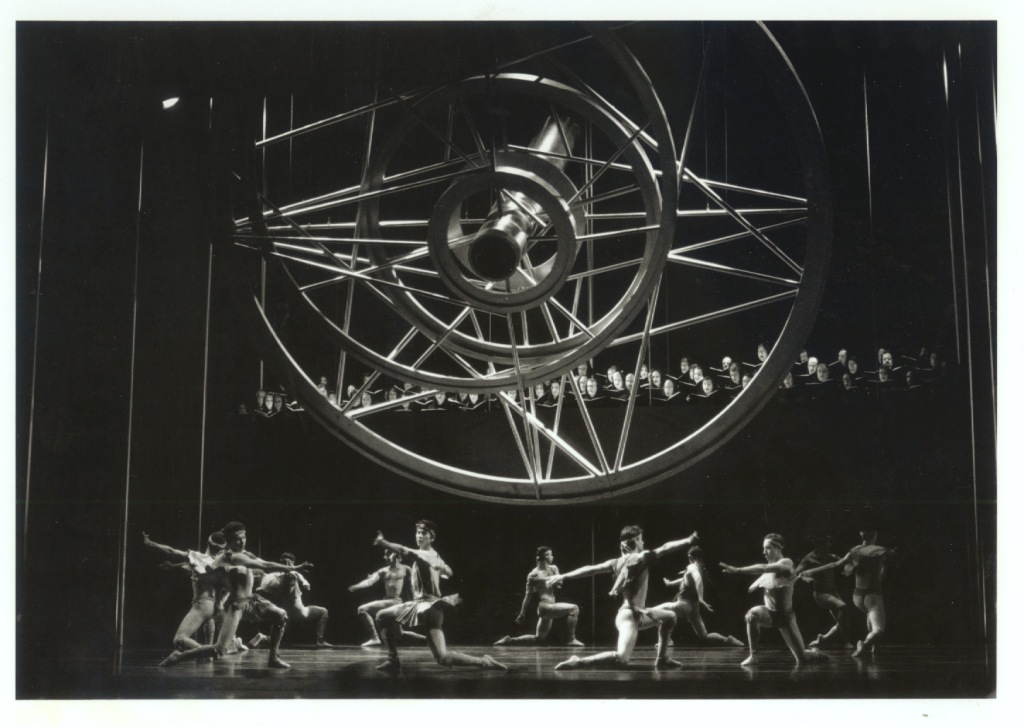
One of Kent’s great strengths as a choreographer and artistic director was his sense of the whole production. Music, sets, lights, costumes, and choreography reach an effect far greater than the sum of the parts. The singular vision becomes the inspiration for all. Though Carl Orff’s contribution came first, Kent’s artistic team consists of names familiar to PNB audiences; Theoni Aldridge and Larae Theige Hascall for costume design, Rico Chiarelli for lighting, and Ming Cho Lee for scenic. The team, under Kent’s guidance, worked like a well-oiled machine, creating atmosphere, intrigue, and a truly spectacular ballet.
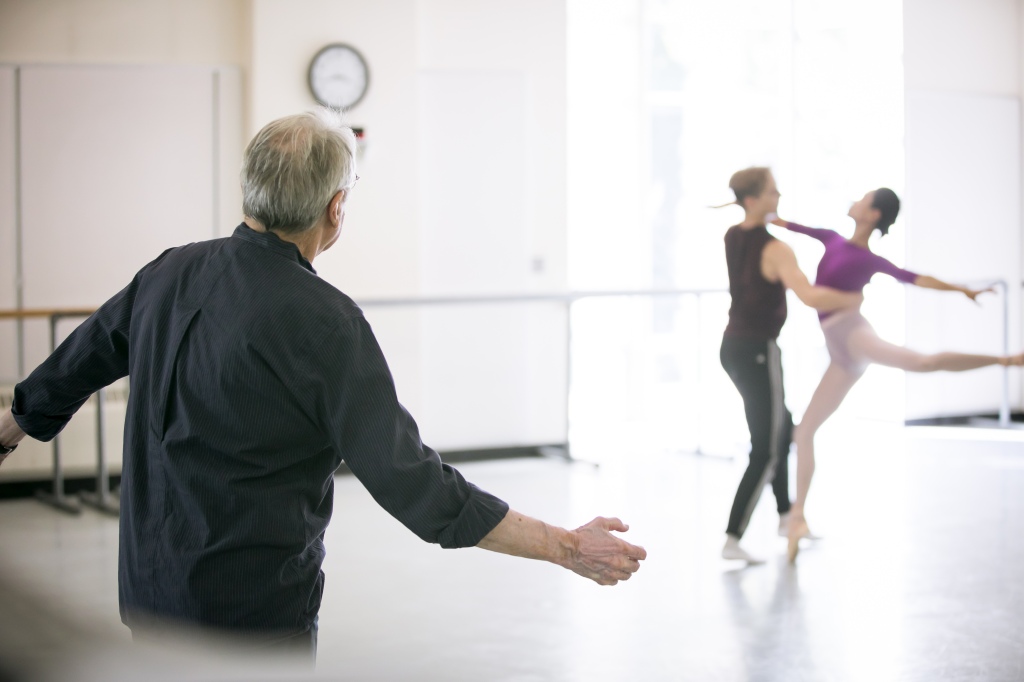
© Lindsay Thomas, 2019.
As Kent matched the magnitude and complexity of Orff’s score, Balanchine found a visual representation of Igor Stravinsky’s enigmatic notes. Where Carmina is monumental, Agon is an exercise in economy—few dancers, no costumes to speak of, simple lighting, and yet after 26 minutes, we see the world differently. Agon charted a new course for neo-classicism. The choreographer was not known to speak in any detail about his work, but perhaps because Agon was such new territory, he offered perspective, calling it “the quintessential contemporary ballet …in my opinion it is his—it is our—most perfect work, representing a total collaboration musician and choreographer.”
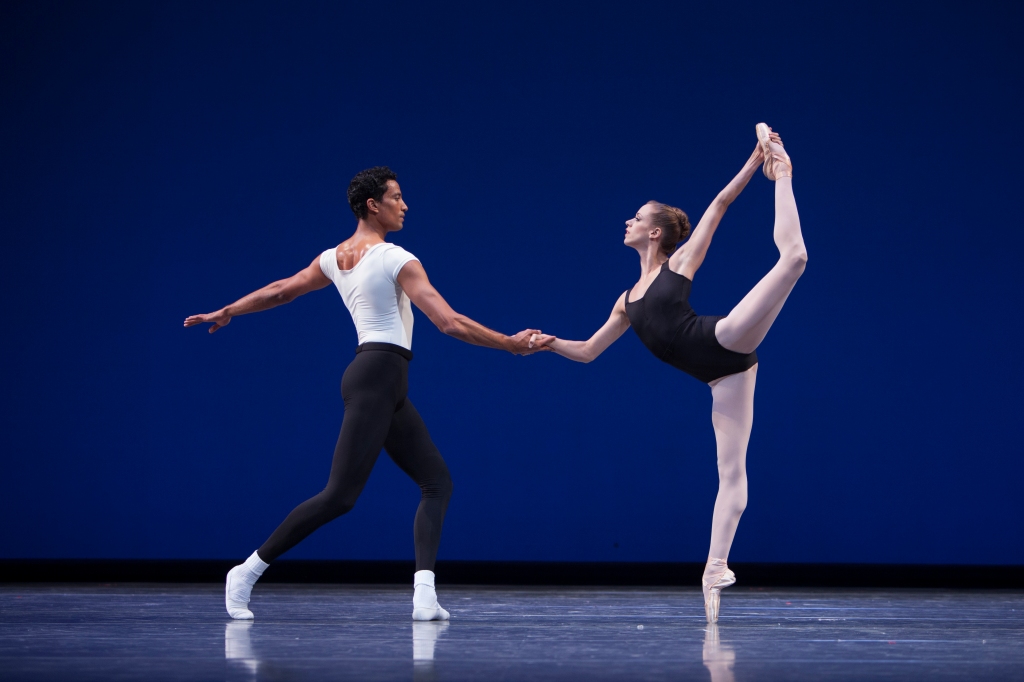
choreography by George Balanchine © The George Balanchine Trust. © Angela Sterling
For a work that tests asymmetry, balance, gravity, form, and stretch, we also recognize that it springs from traditional composition and structure. Movement titles reference 18th-century French court dances. Stravinsky suggested the four men’s backs on opening and closing perhaps referencing four pillars—a solid base from which to build. Twelve dancers make up the cast, filling each movement with unexpected and seemingly inorganic invention. The possibilities of movement and music are extended in new, previously unimagined directions. With Agon, ballet was changed forever.
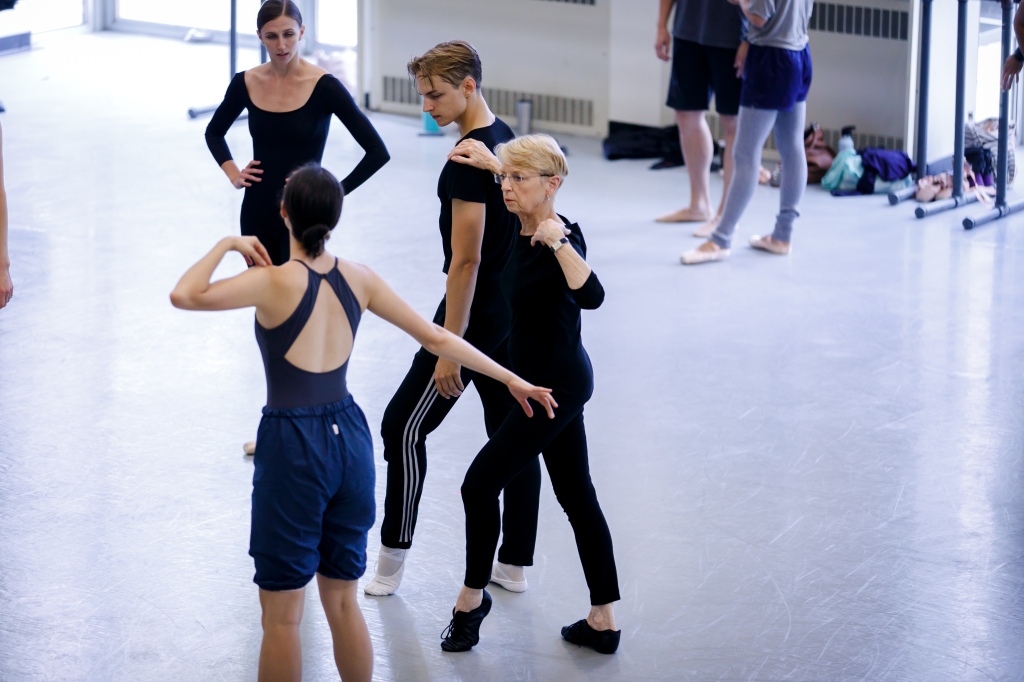
Nowhere in the world is an original member of the cast staging Agon except in Seattle. No one except Francia Russell is bringing Balanchine’s stories and standards into the studio with first-hand knowledge. How lucky we are. When we look at PNB today, we have much to be grateful for. As we look to a milestone anniversary that is right around the corner (50th anniversary in 2022!), we recognize the establishment of a great tradition right here in Seattle, and though we are indebted to an extensive team of individuals, Kent and Francia have done more than anyone else to shape PNB’s tradition and bring the highest standards of excellence to our Company, to our School, and to our community. And on solid pillars we build and grow, adding repertoire, programs, and inspiration. We also include everyone, understanding we exist for and because of you. Thank you for joining us for Carmina and Agon and all that PNB has to offer. Prepared to be awed.
With gratitude,

Peter Boal, Artistic Director





